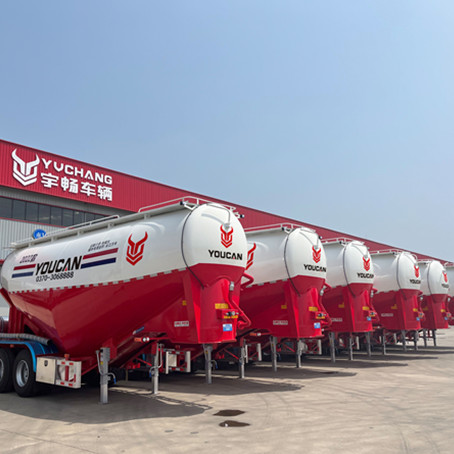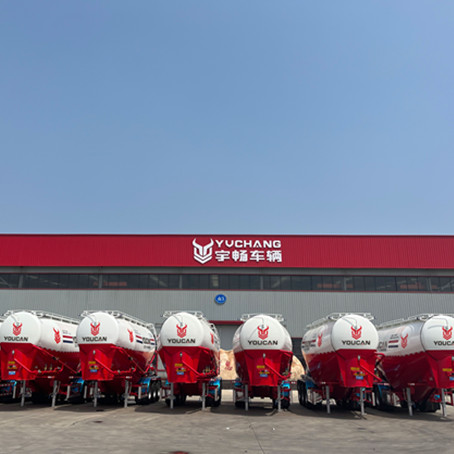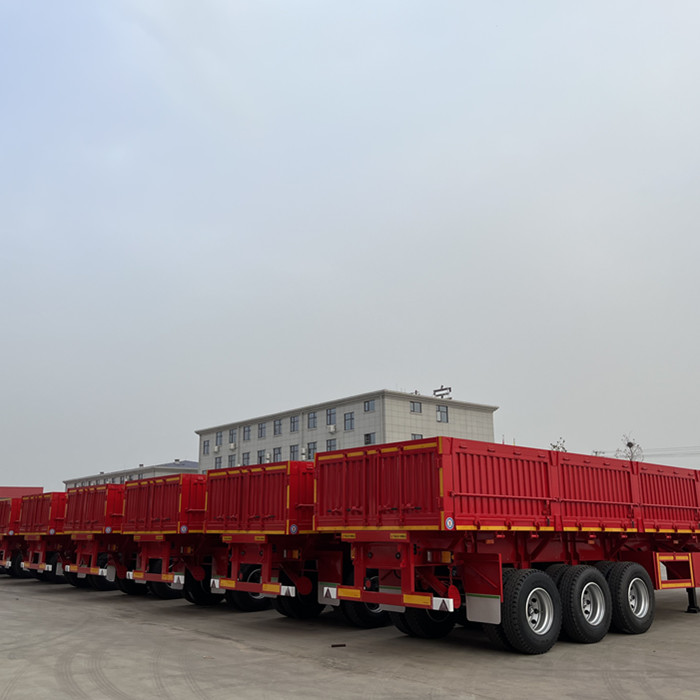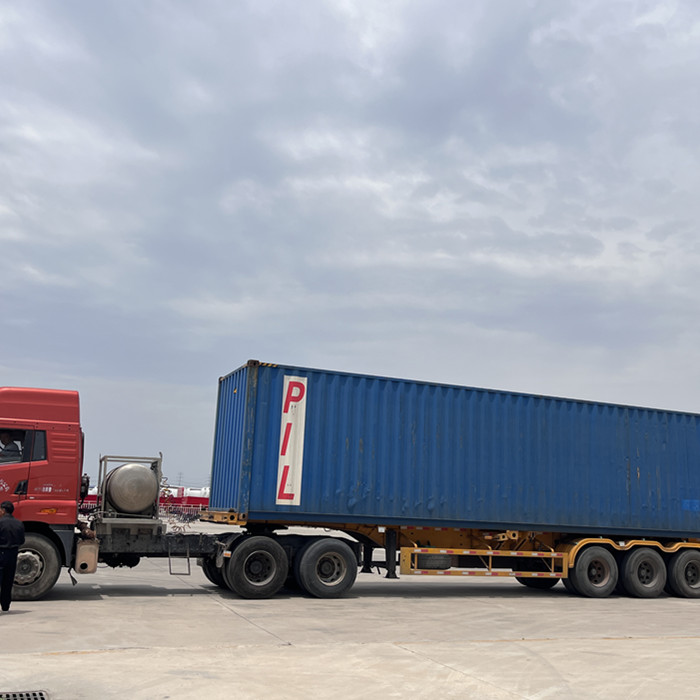How many bags of cement can a trailer hold
If a bag of cement is 50kg, then a cement trailer can transport 50-240 bags of cement. If transported on a flatbed trailer, the amount of cement that can be transported by a flatbed trailer is the same as that of a cement trailer on good road conditions.

Why use a cement trailer to transport cement?
With the development of the economy, urban construction in many places has gradually developed, so the demand for cement is also increasing, making the transportation of cement more important. Transportation speed, midway loss, and extreme weather are all problems that need to be solved, and the invention of the cement tanker solves this problem well.
The cement tank truck was invented in 1953, and the inventor was American John. The first cement bulk trailer was relatively small and not very practical. Later, the Germans improved and gradually replaced the traditional mode of transportation.
If you pay attention, you will find that the way to transport cement in the past is through bags of cement. The bagged cement is all loaded on the flat semi-trailer or other means of transport (the most used semi-trailer in the past was flat semi-trailer or side wall trailer).
However, there is a problem when using a flatbed semi-trailer for transportation. Once it rains or snows, the cement is easily affected by moisture, especially in long-distance transportation, and is easily affected by the road surface. conditions and weather. Some road conditions in Africa are very poor, and the loss of cement transportation is also very large, which is very troublesome to deal with.
The use of cement trailers to transport cement can solve these problems very well (what is a bulk cement tanker), first of all, the cement tanker is directly loaded with cement in the tank, and then the top passes through the manhole cover, so that during transportation, whether it is bad weather or In bad road conditions, the cement tanker trailer can be sealed.
In this way, the cement will not be affected by bad weather or bad road conditions during transportation, because the tank body is sealed and there will be no loss during transportation.
Another advantage is that if we use a flat-bed semi-trailer to transport cement, we need to use a forklift to load the bags of cement onto the flat-bed tractor, which requires labor costs and time costs, which will take more time than loading.
The loading method of the bulk cement trailer is to open the manhole cover directly on the top of the tank, and then unload and load the truck in the factory warehouse, all of which are fully automated, which can save a lot of labor costs.
Another advantage of bulk cement is that production costs are lower than bagged cement, typically nearly 20 percent lower. And if you need to buy cement, the price of bulk cement is relatively low, which can save you money.

What are the characteristics of bulk cement?
(1) First, cement is shipped directly from the manufacturer to the customer, sometimes through a transfer station, and then to the customer. Bulk cement does not need to be packed in paper bags or some other materials. Generally, it only needs special transportation tools, such as special vehicles, ships, containers, bags, etc. The cement is stored in its natural state.
(2) Bulk cement basically realizes mechanization or automation, and does not require a lot of manual labor, including unloading, metering, loading and unloading and other processes.
(3) Bulk cement is basically in a closed container during transportation, and is not affected by adverse conditions such as strong wind and rain. No matter how many times it is poured during the distribution process, the quality of the cement is better than that of cement produced at the same time, and it is safe and stored in bulk. longer.
(4) The cost of bulk cement is lower than that of bagged cement, basically about 20% lower.

 WhatsApp
WhatsApp
 sales@youcantrailer.com
sales@youcantrailer.com
 +8615203709888
+8615203709888


